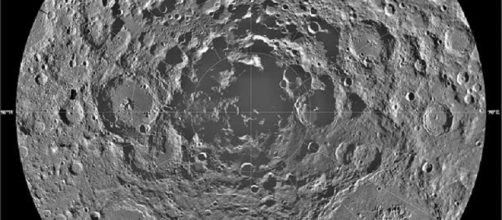Moon Express has announced that it has established a collaboration with International Lunar Observatory Association (ILOA) to deliver the first lunar based observatory to the South Pole of the moon on the company’s planned Lunar Outpost mission in 2019. Moon Express is looking at an area of the lunar South Pole called Malapert Mountain as the primary landing site.
The International Lunar Observatory
The International Lunar Observatory (ILO-1) will have as its mission to image the Milky Way Galaxy and to conduct astrophysical observations from the lunar surface.
ILO-1 will be the first observatory of its type on the the moon's surface, taking advantage of both a vacuum and a stable surface to conduct observations of the universe.
Why the Malapert Mountain?
About a decade ago, when the Constellation program to return to the moon still existed, NASA noted a number of advantages of the Malapert Mountain as the site of a future moon base. It is sunlit for 90 percent of the lunar day, an advantage for solar power systems. Malapert has a broad and smooth landing area. It is both in microwave range of Earth and within reach of the permanently shaded areas of Shackleton Crater where many scientists believe that water ice exists, deposited by billions of years of comet bombardment.
The water can be used by future lunar explorers and as a source of rocket fuel.
The Lunar Outpost mission
The Lunar Outpost is the second mission to the moon that Moon Express has planned. Lunar Scout, which the company hopes can be launched by the end of the year, will service a number of paying customers as well as constitute an attempt to win the Google Lunar XPrize.
The landing site for Lunar Scout has yet to be announced.
Besides serving as a platform for the International Lunar Observatory, the Lunar Outpost will prospect for lunar water and other valuable materials at the moon’s South Pole. The probe will also carry a number of instruments provided by commercial and space agency partners.
Harvest Moon
Moon Express’ third moon mission is called Harvest Moon, so-called because it is designed to extract soil and rock samples from the lunar surface and return them to Earth for study and, partly, for commercial purposes. Material brought back from the moon could potentially be very valuable. Recently a bag containing moon dust that was brought back from the moon sold for $1.8 million at auction. A woman had bought the bag for $995 when it was mistakenly sold at a government auction. The sample bag was the subject of a court battle when NASA tried to retrieve it, a case that the space agency lost when a judge ruled that the woman in question legally owned it.


